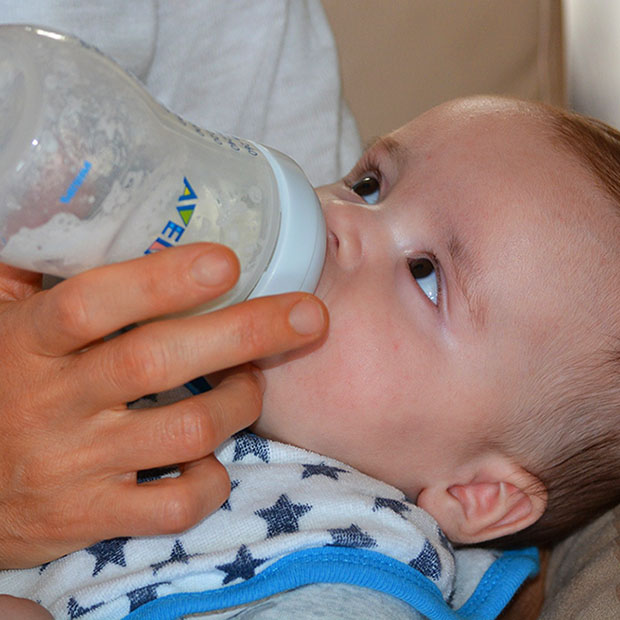How to Avoid the Dreaded Bottle Rot

As pediatric dental care experts, our top priority is good dental health in our young patients.
In addition to providing great care in our practice, this includes giving parents of small children all the tools and knowledge they need to keep those teeth healthy and strong. Today, we want to focus on protecting kids’ teeth from something called “bottle rot.”
Bottle Rot: Pretty Much What It Sounds Like
Bottle rot, also called “baby bottle tooth decay” is what happens when the sugar in milk or juice is allowed to linger in a baby, toddler, or small child’s mouth for extended periods of time on a regular basis. A bottle or sippy cup at bedtime is a major culprit. Over time, those sugars feed the bacteria in the child’s mouth, and they can develop serious tooth decay and cavities. It can even happen with breast feeding if the baby’s gums and teeth aren’t cleaned afterward!
https://www.youtube.com/watch?v=aYKgIQU06vE
Tips for Preventing Bottle Rot
Avoiding this problem is simple in theory: only use bottles or sippy cups at mealtimes. If a child older than six months still gets thirsty in between meals, give them water. In practice, sometimes it’s hard to withhold that tasty juice when it’s what the little one wants, particularly when bedtime feels like a battle zone, but stay strong! Keeping their adorable smiles healthy will be worth it.
Beyond limiting bottles and sippy cups to mealtimes, it’s also important to clean out the milk or juice residue after a meal. Start brushing those baby teeth as soon as they appear, using a soft toothbrush and a tiny dab of toothpaste. It’s also a good idea to limit their overall consumption of sugary drinks like juice and soda.
Treating Bottle Rot When It Happens
If your child already has some tooth decay or you’re worried they might have it in the future, schedule an appointment with us! We can assess how extensive the decay is and determine the best steps to take to treat existing cavities and prevent new ones from developing. We can also give their teeth extra protection with sealants and fluoride varnish treatments.
Help Us Help Your Child Have Healthy Teeth and Gums
Parenting comes with all kinds of challenges, but we want to help make sure that keeping your children’s teeth healthy is as easy to achieve as possible, including preventing and treating bottle rot. If it’s been a while since you brought your kids in for a dental exam and professional cleaning, just give us a call!
